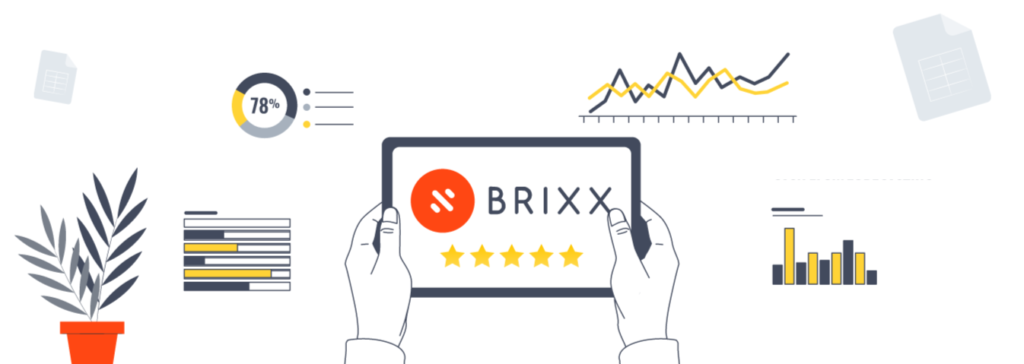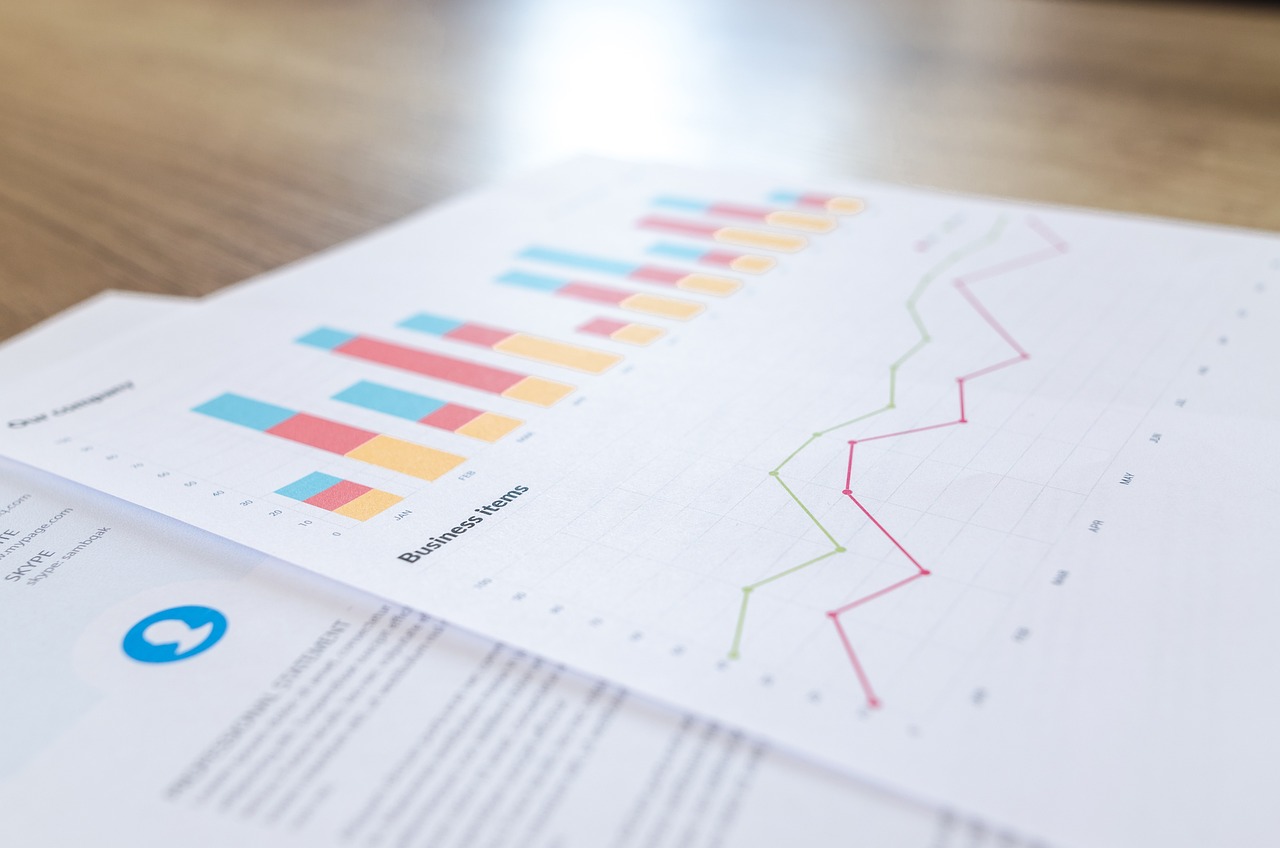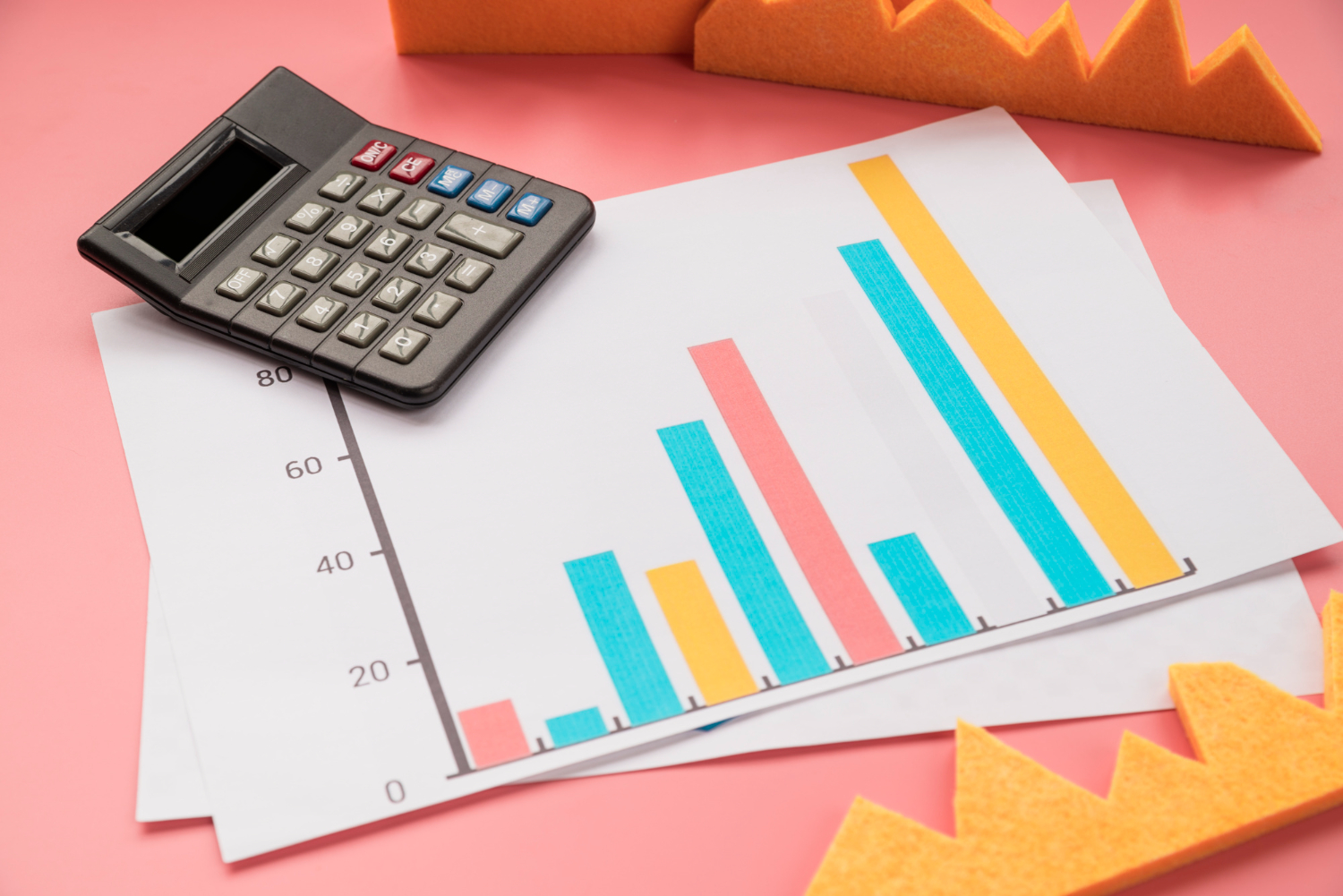

What is a tangible asset?
In the realm of finance and accounting, a tangible asset is any physical object or property owned by an individual or business that has economic value. These assets are quantifiable and can be used to produce goods or services, sold for profit, or held as an investment. Tangible assets are distinguished by their concrete nature and the intrinsic value derived from their material presence and practical use.
Get started with our forecasting software so that you can plan your business' futureManage your business finances in Brixx
Tangible assets types
Tangible assets are a cornerstone of many businesses, providing the necessary tools and resources to operate efficiently. They span across various categories, from those readily convertible to cash to those that benefit the company over several years.
Current assets
Current assets are typically utilized or transformed into cash within the span of one business cycle, which is generally about one year. These are essential for the day-to-day operations of a company. Examples include:
- Inventory: This encompasses raw materials awaiting production, work-in-progress goods, and finished products ready for sale. Inventory turnover is a key component of a business’s liquidity.
- Accounts receivable: These are payments due from customers for goods or services already delivered. They are a line item that indicates the company’s short-term financial health and cash flow expectations.
- Cash and cash equivalents: Liquid assets like currency, bank balances, and short-term government bonds fall into this category. They represent the funds available for immediate use for expenses, emergencies, or investments.
Long-term assets
In contrast, long-term assets are expected to provide economic benefits to a business for more than one year. These are investments in the future stability and growth of the company. Examples include:
- Land and buildings: Often referred to as real estate or property, these are the physical locations where a business operates. They do not undergo depreciation as other physical assets do.
- Equipment: This encompasses machines and tools used in manufacturing or service delivery. Equipment assets are pivotal for operational capacity and are depreciated over their useful life.
- Vehicles: Cars, trucks, and other transportation assets enable a company to deliver goods and services. They are crucial for businesses that depend on logistics and distribution networks.
Understanding these examples of tangible assets helps in grasping their role in the overall financial strategy and operational framework of a business.
Tangible assets vs. intangible assets
Tangible assets are physical and measurable assets that can be seen and touched. In contrast, intangible assets lack physical substance but are nonetheless crucial to a business’s operations.
The key difference lies in their representation of value. Tangible assets are valued based on their physical presence and cost, while intangible assets are valued on the potential future benefits they may bring. This distinction affects not only the way assets are reported on financial statements but also how they are managed and leveraged for growth.
Tangible assets:
- Machinery
- Buildings
- Vehicles
- Inventory
- Land
- Cash
Intangible assets:
- Patents
- Copyrights
- Trademarks
- Brand recognition
- Goodwill
- Proprietary technology
| Comparison Point | Tangible Assets | Intangible Assets |
| Physical Presence | Have a physical form | Do not have a physical form |
| Valuation | Easier to determine, based on market price or replacement cost | Harder to value, may require estimation of future benefits and cash flows |
| Depreciation vs. Amortization | Depreciated over time | Typically amortized |
| Useful Life | Often predictable and finite | Can provide value indefinitely but may have legal or economic life |
| Impact on Financial Statements | Appear on the balance sheet, affecting valuation and financing | Appear on the balance sheet, affecting valuation and financing |
| Liquidity | More liquid if easily sold | May contribute to long-term value but not as liquid |
| Collateral Value | Can serve as collateral for loans | Generally do not serve as collateral unless distinctly valued and transferred |
Why is understanding tangible assets important?
Comprehending the nature and value of tangible assets is vital for several reasons:
- It helps in making informed investment decisions and managing the assets efficiently.
- It is essential for accurate financial reporting, which affects investor perception and company valuation.
- Understanding tangible assets is crucial for risk management, as these assets can serve as collateral for loans and lines of credit.
- It also influences strategic planning, as the sale or acquisition of such assets can significantly impact a business’s trajectory.
We can help
Brixx simplifies financial management for any business, with tools for real-time cash flow tracking, long-term financial forecasting, and easy-to-understand reports and charts. Our platform supports all industries, automating complex accounting and facilitating collaboration among team members. With Brixx, scenario testing and strategic planning become effortless, ensuring your tangible assets are always working for your future growth. Experience our full suite of features with a free trial and start building a stronger financial foundation today.















